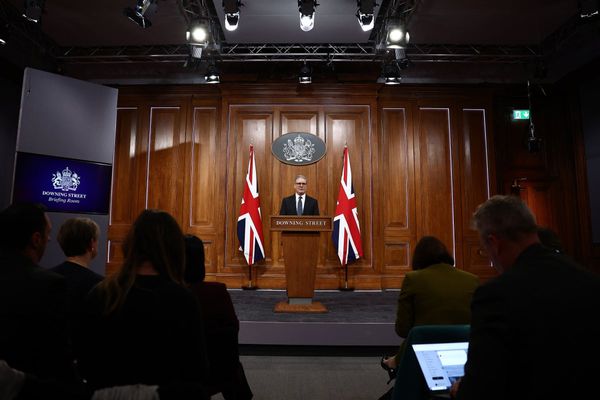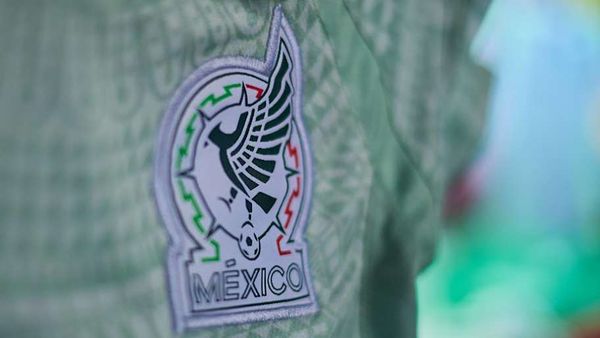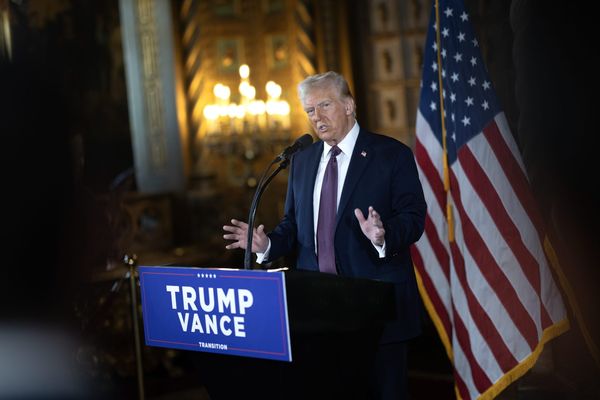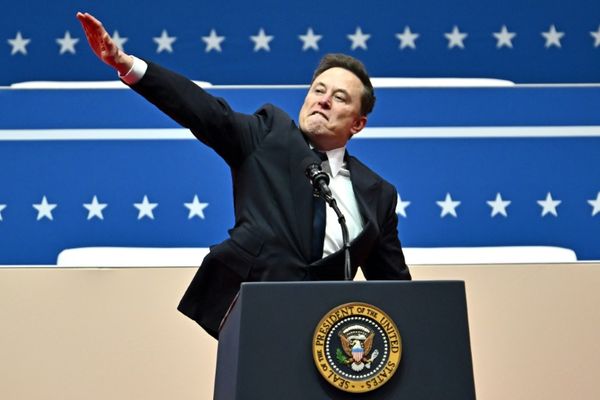
When federal Energy Minister Angus Taylor spruiks changes to the carbon market as a windfall for farmers, you know carbon abatement isn’t high on the list of priorities.
Taylor, in full pre-election mode, pre-released his plans after minimal consultation to get maximum publicity — even if the carbon market price slumped 25% ($11.75 a unit) to $35 late last week.
The market has hardly budged since because, after his massive intervention, everyone is still getting over the shock of yet more meddling and working through the numbers.
The carbon market is a curious multibillion-dollar mixture of big and small companies and big and small farmers with the stated aim of reducing carbon by capturing it in the soil, avoiding cutting down trees, and regenerating land by keeping crops on it and animals off it.
A self-titled “carbon club” of project developers and allied supporters help farmers maximise their carbon output, and in theory the result is lower carbon emissions. The plan is meant to be backed by safeguard policies that force big emitters to buy carbon abatement offsets, lowering their overall output.
Taylor has refused to lift the safeguard levels but Labor pledges to complete the bargain.
He also doesn’t like talking about carbon markets because that quickly gets to an admission about setting a price on carbon, anathema to some in the Liberal Party.
Before Taylor’s intervention last week, the price of carbon on the official market had more than tripled in less than a year to more than $50 an Australian carbon credit unit (ACCU), or one tonne of carbon abated.
The government issues the ACCU through the Emissions Reduction Fund in what are now optional contracts. But Taylor took this a step further. Now you can deliver the ACCU to the fund at the purchase price, pay the government, and then resell them on the corporate market at — hopefully — a higher price.
It’s a more complex process requiring detailed measurement and audits to show you are capturing carbon, but the happy fact is better carbon management also means better farm management — so farmers should be happy.
The problem is that Taylor keeps changing the rules. Back in 2020 the fund contracts became optional, and then limits were placed on how much of a farm can be used to get credits and how much of a farm can get credits offshore.
That’s a lot of changes for someone who believes in the sanctity of the market. And right now it is also delivering zero new carbon abatements because paper is simply being shuffled into different markets and dressed as increased supply.
The big problem with the Australian carbon market is lack of supply, and the trick is to get farmers more interested. Taylor thinks his latest move will be a windfall for farmers because instead of getting $12 a unit in their fixed contract they can now get market price — which even at depressed levels is more like $35 a unit or tonne abated.
AgriProve boss Matthew Warnken said: “These changes support the role of government in underwriting project development and reinforcing innovative climate solutions. We are also excited that the additional details around these transitional arrangements point to the ongoing evolution of the Australian carbon market towards full optional delivery for all carbon abatement contracts.
Warnken, like his partner Green Collar, is a big owner of fixed ACCUs, which means he and his clients stand to gain short term by paying the government back its contract price then reselling at a higher price into the corporate market. The two companies and their clients control half the available fixed units.
Some big companies, such as Woolworths and Cleanaway, run their own offset programs and have their own ACCUs.
Without doubt the big emitters are winners because Taylor’s changes mean they can buy carbon credits cheaper. The developers like Green Collar — which has about 65 million carbon units in fixed-term contracts — benefits because it can now get more for those units.
Green Collar works on a model in which 30% of proceeds go into its pocket and 70% to farmers; it takes the risks so it and its clients benefit under Taylor’s change. However, in Climate Friendly contracts the farmer shares the risk and costs.
The different models explain the different reactions.
Climate Friendly clients Garth and Mary-Lou Davis, from the delta regeneration project in the Bourke region of NSW, said: “The decision to release sellers from their contractual obligations appears to mainly benefit the large aggregators who have contracts with large volumes of ACCUs left to deliver.
“The release of these contracts has reduced demand, which impacts the price we can get on the secondary market. The resultant market fall (current value $35.40) following the government announcement has reduced our remaining trade asset by 35%.”
Proponents reject the criticism as reflecting inflated price expectations, and say no one can walk away from a contract.
The bottom line is that Taylor has once again intervened in market dynamics, this time perversely in the expectation that demand will continue to be strong as the market backs the concept that putting a price on carbon is the best solution.
This is not a view Taylor has yet to publicly endorse — even as he changes government involvement from market maker to underwriter. That is clearly a benefit, but just when and how big remains to be seen.
Taylor is trumpeting the scheme as a winner for the government because it collects on the ACCU contract rather than having to pay them out, which makes the deeply indebted government $1.3 billion better off.
For his next trick, Taylor might try to help market confidence by keeping his nose out of the trough.







